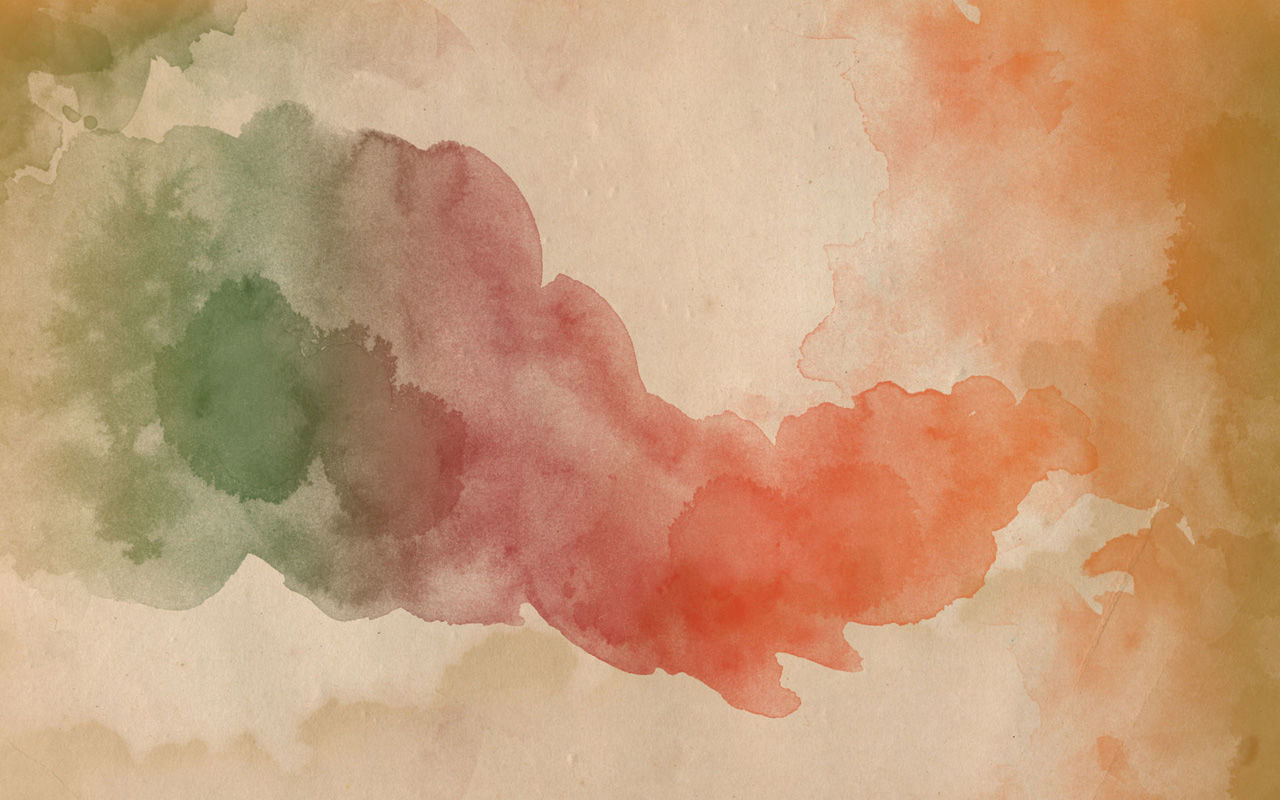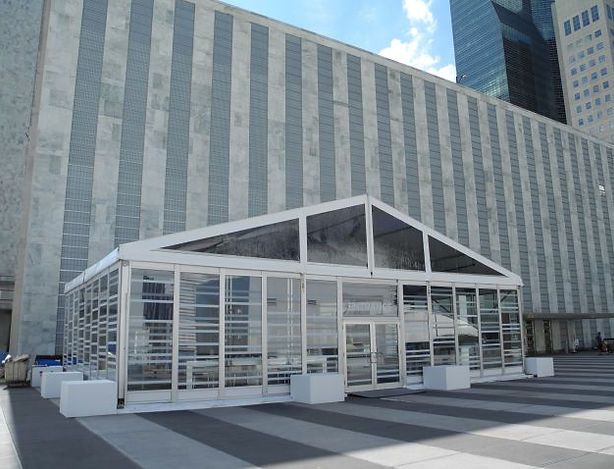
Virtual reality is more than a video game or an educational, engaging film-like experience - it is also a theoretical concept.
In her book Narrative as Virtual Reality: Immersion and Interactivity in Literature and Electronic Media (2003) Marie-Laure Ryan explores different understandings of virtual reality with a focus on exploring the theory behind virutal reality behind immersive and interactive.
Marie-Laure Ryan, a literary scholar and critic, breaks virtual reality into two concepts: immersion and interactivity. Immersion, she defines as a corporeal experience in which it takes the projection of a virtual body or participation of an actual body to feel integrated in an art world, while interactivity is conceived as the users engagement in a play of signification that takes place on a level of signs rather than things and of words rather than worlds. These ideas of immersion and interactivity are key to understanding why virtual reality has the potential to increase feelings of empathy, compared to less immersive and interactive visual imagery like photographs.
Ryan believes it is essential to look at the idea of "consciousness" as a sense of "being-in-the-world," which she points to as the core theory of immersion. Ryan notes that the term 'immersion' has become overused in popular culture, clarifying that she is describing a:
. . . .specific type of immersion, one that presupposes an imaginative relationship to a textual world . . . In the phenomenology of reading, immersion is the experience through which a fictional world acquires the presence of an autonomous, language-independent reality populated with live human beings . . . It must, in other words, construct the setting for a potential narrative action , , , the purpose of VR technology is to connect the user to a simulated reality."
Ryan also points out that interactivity is also a key part of the virtual reality experience; she focuses on the type of interactivity that is able to emerge due to the existence of electronic technology. Ryan also points out there are two 'forms' interactivity - a weak form and a strong form. In a weak form, interactivity is a choice between predefined alternatives, whereas in a strong form, the user or interaction "performs a role through verbal of physical actions, thus actually participating in the physical production of the text." In most virtual reality experiences today, interactivity takes on the 'weak' form due to logistical constraints; however, even a weak form of interactivity is increased interactivity over experiences or visual images that do not provide any way for the user or viewer to interact with the subject.
In conclusion, Ryan argues that to expand the expressive power or media, "we need to cool down those that are naturally hot and heat up the cold ones."
Ryan draws up the ideas of Marshall McLuhan, a Canadian professor and philosopher of media theory, who explained that a 'hot medium' meant it was filled with data but had little participation by the user, such a photograph; on the other hand, a "cool medium" provides little visual information and require more particpiation to complete its meaning.
Ryan points out that today 'hot mediums,' such as photographs, are becoming more immersive than ever before due to technologic advances which produce technically 'better' photographs. In order to prevent passive witnessing, Ryan urges for the increased use of interactivity in conjunction with these 'hot mediums' to increase participation of the specter; this increased interactivity could be done through using virtual reality, navigable images, or a walk through electronic art installation.
This concept of needing to increase interactivity in order to prevent passive witnessing relates to the idea of 'moral fatigue,' voiced by scholars Arthur and Joan Kleinman. They also raised the point that photographs have the power to create moral fatigue, which produces a feeling of helplessness and inability for the viewer to help. However, they focus on the specific genre of photographs depicting human suffering; as the world's appropriation of these images increases, the viewer becomes desensitized due to the sheer volume and feels "moral fatigue, exhaustion of empathy, and political despair."
Ultimately, there is the recognized need for the increase of immersion and interactivity in visual culture images today. Interactivity works against passive witnessing by encouraging the viewer or user to interact with the experience, image, or idea at hand.
This has real life implications which can lead to political effects; for example, the UN partnered with artist Amar Bakshi to create virtual reality video portals that connected UN diplomats with Syrian refugees and allowed them to have a face to face conversation. Unlike a UN diplomat viewing a picture of Syrian refugee, this interactive video portal increased the chance that the diplomat was more mentally engaged and emotionally invested in the situation.

The 'hub' at the UN HQ in New York where the virtual reality video portals are housed
Image taken by: Hanna Kozlowski /Quartz


